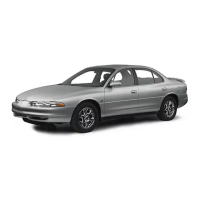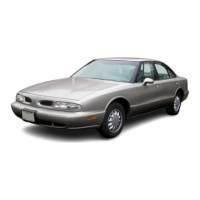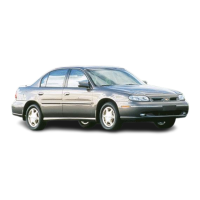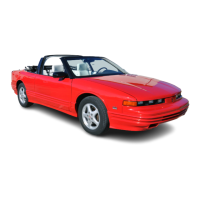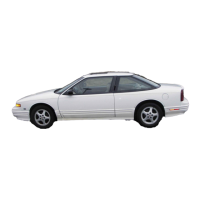'
A
CAUTION:
I
'hrning the radiator pressure cap when the
engine and radiator are hot can allow steam and
scalding liquids to blow out and burn you badly.
With the coolant recovery tank, you will almost
never have to add coolant at the radiator.
Never turn the radiator pressure cap
--
even
a
little
--
when the engine and radiator are hot.
You can be burned if
you
spill coolant on hot
engine parts. Coolant contains ethylene glycol,
and it will burn if the engine parts are hot
enough. Don't spill coolant on
a
hot engine.
Radiator Pressure Cap
NOTICE:
Your radiator cap is
a
15
psi
(105
kPa)
pressure-type cap and must be tightly installed
to
prevent coolant
loss
and possible engine damage
from overheating. Be sure the arrows
on
the cap
line up with the overflow tube
on
the radiator
filler neck.
When you replace your radiator pressure cap, an
AC@
cap
is recommended.
Thermostat
Engine coolant temperature
is
controlled
by
a thermostat
in the engine coolant system.
The
thermostat stops the
flow
of
coolant through the radiator until the coolant
reaches a preset temperature.
When you replace your thermostat, an
AC@
thermostat
is recommended.
6-24
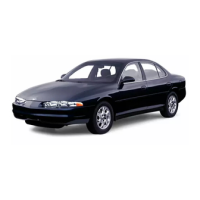
